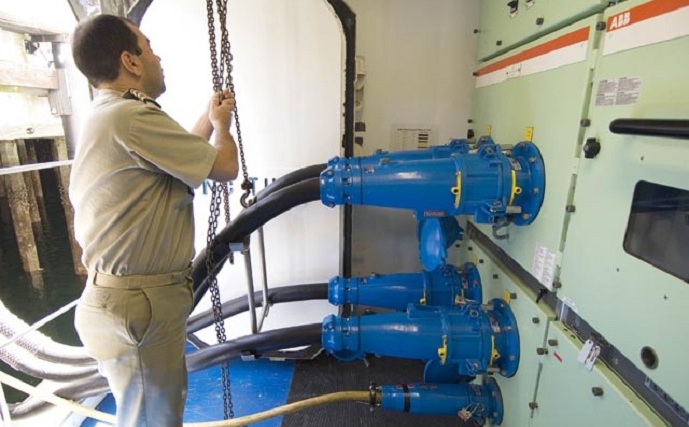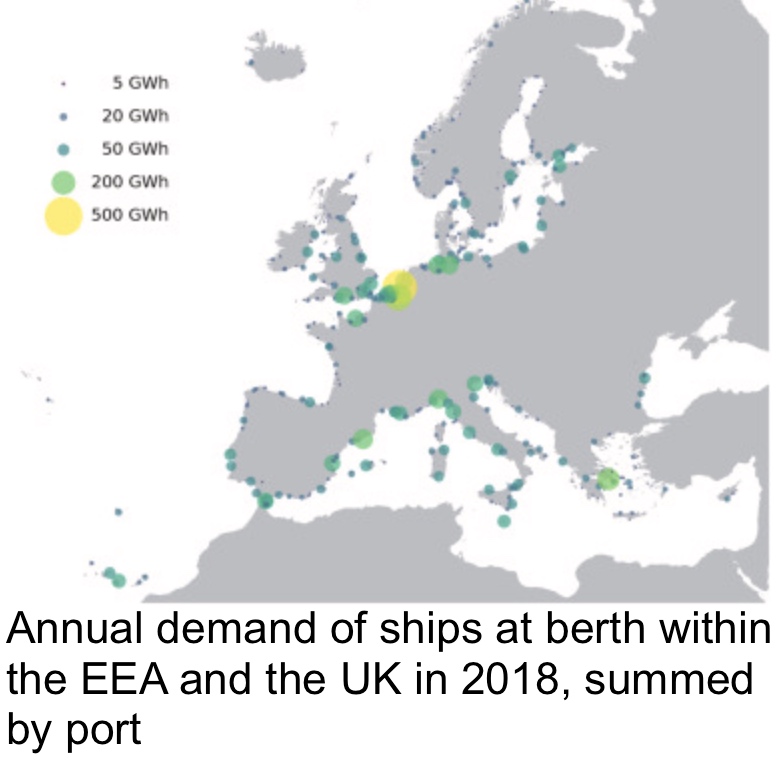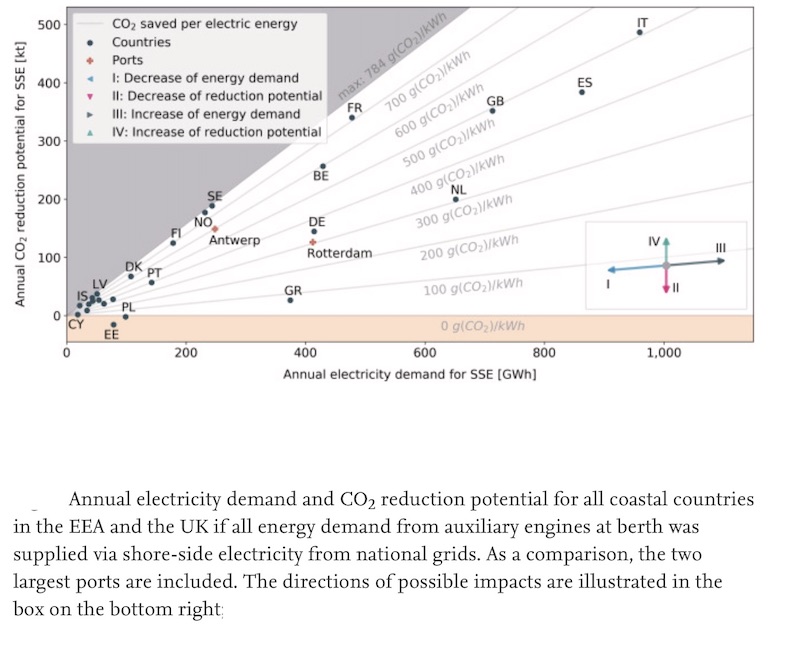Lifting the fog around shore-side electricity

Boris Stolz, a researcher at the Swiss Federal Institute of Technology, on a landmark study looking at how and where ships ought to plug in.
Initiatives to lower the climate impact of shipping are appearing all over the sector. Especially over the last year, the pace has been picking up. The brunt of the work ahead lies in replacing the fossil fuelled fleet of today, which will take years to develop and achieve. However, measures are already available today that can lower the impact of the current fleet quickly. One prominent example is shore-side electricity (SSE), also called on-shore power supply. Plugging ships into the local electricity grid while at berth sounds like a no-brainer. It allows auxiliary engines to be switched off during that time, and accordingly to save fuel and cut back on CO2 emissions. And there are even more tangible benefits: Pollutant emissions in port areas can be reduced, lowering the number of premature deaths from local air pollution.

Ports featuring the highest electricity demand should be prioritised, instead of installing infrastructure in places where it is barely used
To capture the full potential of SSE, a significant build-up of infrastructure is required. Ships must be retrofitted to allow the replacement of auxiliary engine power by land-based electricity, ports must provide the connection infrastructure on all major docks, and additional electricity must be produced and delivered accordingly by local utilities and electricity grids. And ultimately, the use of SSE must make sense economically. As of today, this is not yet the case: While marine fuels are exempted from taxation, electricity for SSE is not per se. Thus, there is a clear need for policy support.
In Europe, supporting policies are ramping up, SSE is even prominently named in the European Green Deal. However, policy-makers and stakeholders face an important challenge. The demand for SSE has never been clearly analysed. Currently, the most-used reference is a publication from four years ago, extrapolating the demand of seven ports to the whole of Europe.
This need is now met by a new study from our team at the ETH Zürich. Combining data from different sources, the annual demand for SSE has been quantified for 714 European ports, totalling at 6.4 TWh of electricity. The underlying data has been made freely accessible to stakeholders, even offering a resolution by the hour, port, and ship type. What is more, the associated savings of CO2 have been estimated and made available. With today’s electricity supply, 3m tonnes of CO2 can be saved each year in Europe, which corresponds to a mere 2.2% of shipping emissions in Europe. However, this figure could reach 5m tonnes, if the electricity is supplied from CO2-neutral sources.
This data is crucial in determining where to start with the deployment of SSE. Which countries offer the highest potential, both in terms of electricity demand and potential CO2 savings? Policies can be customised to local conditions. For example, in countries with a high share of fossil power generation such as Poland or Estonia a deployment of SSE would even lead to an increase of emissions with SSE. Additionally, ports which feature the highest electricity demand can be prioritised, instead of installing infrastructure in places where it is barely used. The study by ETH researchers includes an analysis of which ship types and thus docks feature the highest demand. If the connectors are at the wrong dock in a port, it will not be used either. And lastly, retrofits of ships should be conducted first where the ship type and size indicate the highest impact.
While an analysis like this is beneficial, it does still come with significant uncertainties. The cause for these is, as is often the case in the shipping sector, a lack of data. However, the data required for an in-depth analysis of SSE power demand is not unavailable, it is merely inaccessible: The European Commission possesses trip-wise fuel consumption data of all port stops within the scope of the MRV scheme. Thus, the ball is now with the EU: It is on them to establish effective policies to support SSE, and to substantiate them with the available data.

